It does seem a bit odd to write a piece on a film that I consider to be a cult-classic even while the cinema halls are closed, and the nation is under a lockdown. While that’s true, certain things can’t wait, like anniversaries.
Let’s revise a old snippet of wisdom a bit then. Instead of saying the show must go on, we tweak it a bit and say – the shows that could go on, should go on.
This is the one year anniversary week of Thiagarajan Kumararaja’s Super Deluxe. It released on 29 March, 2019. I am sure, like me, most of you who have seen the film ended up excliming WTF did I just see?
This post is dedicated to them.
This is also to say, if you have not watched the film, then it’s no use reading this. Thanks for coming, but please first go watch it – on youtube, Google Play or Netflix.
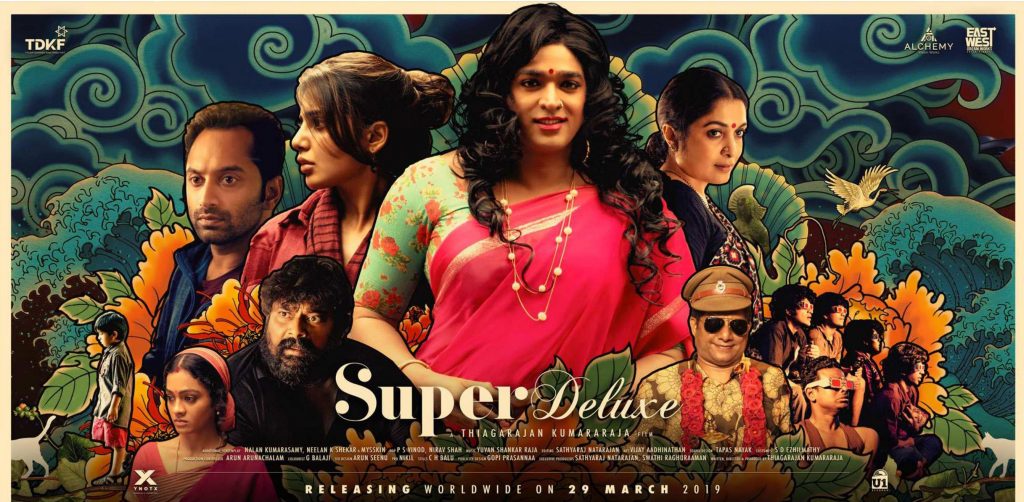
Ever since Tapas Nayak, the well-known Sound Artist based out of Chennai (he mixed the sound of Super Deluxe) pointed my attention towards this film, during the course of a blog I did with him, I had been itching to write about it.
The film, an amazing maze of inter-linked stories that doesn’t quite fit into a single genre, did sweep me off-my-feet through its totally irreverent craziness and deliciously cerebral grey-humor – not to mention its almost fanatical sense of detailing, and impeccable sense of design.
Thankfully, it’s maverick director Kumararaja obliged me, recently, with a whole lot of inside stories and ‘making’ tips, largely from a screenwriting perspective. In this post, I will cut my own crap, and let him do most of the talking.
To start with, I asked him, what inspires him to create films with interlinked story-lines.
Like Kumararaja, I am a big fan of multiple story-line movies, or what some critics call hyperlink cinema.
Simply speaking, it’s a form of narrative storytelling that uses independent but interlinked stories – when characters and incidents from one story influences the other. Together they create what we might call a singular ecosystem or a ‘world’ of stories.
Some good examples of such films that I have seen from International cinema is Tarntino’s ‘Pulp Fiction’ (1994), a couple of films by Robert Altman including ‘Short Cuts’ (1993) – which is my personal favourite. Another film that I have seen and that I think falls within this category is a Brazilian Crime Film – ‘City of God’ (2002).
Kumararaja agrees – there has been many indirect influences, and much of it is largely from local Tamil cinema traditions.
The film Kumararaja mentioned, Aranya Kandam, was his debut feature film, released in 2011. Widely considered a cult classic now and often regarded to be Tamil Cinema’s first Neo-Noir film – it had a tooth and claw fight with the local censor board and had to be approved via a tribunal at Delhi.
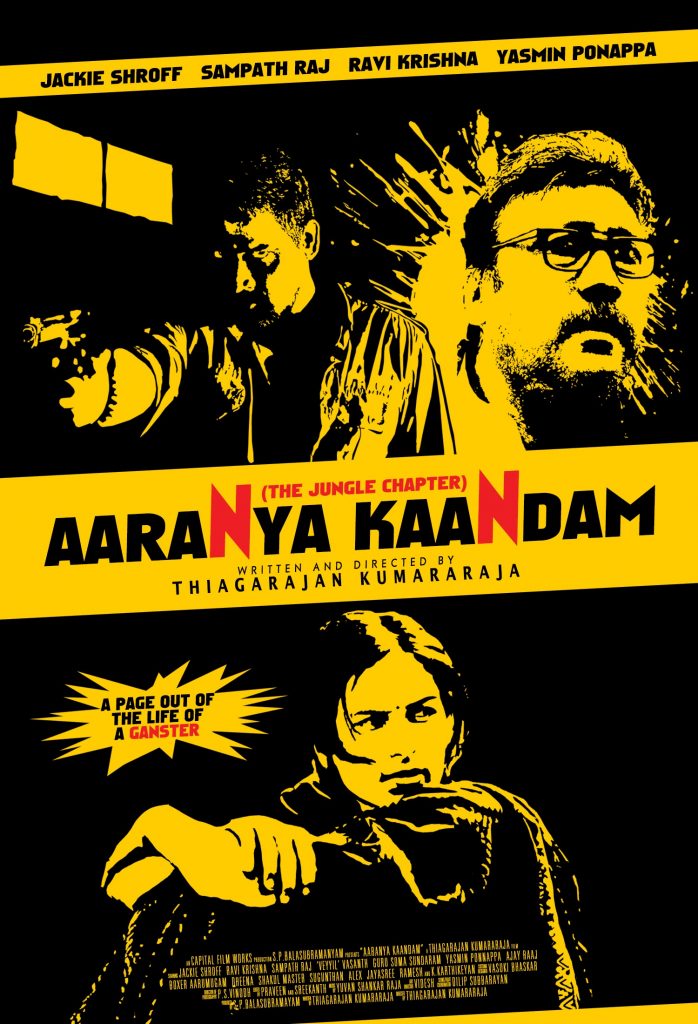
Even after it released, despite being widely acclaimed critically, Aranya Kandam didn’t perform that well at the box-office. I read an interview of Kumararaja where he said, “No one’s seen it, so everyone thinks it’s a good film.”
Thereby I should consider myself fortunate, since I did get to see the film, courtesy Kumararaja’s personal copy. And, I do think it’s a good film.
Aranya Kandam might have its snags, but it does show what interlinked story lines can achieve. I believe those six quirky characters in that film and the time they spend among themselves was an early seed of the storytelling style – which Super Deluxe took to a whole new level.
The simultaneous storytelling that’s the hallmark of these films, however, is different from the genre where stories are told one after the other. I am talking about films like ‘Dus Kahaniyan’ (2007) or ‘Bombay Talkies’ (2013).
Super Deluxe is nothing like them.
In this post, I will majorly focus on elements of scripting of Super Deluxe.
Like I said, there’s were four writers involved with the screenplay – each one of them also directed their own segment. They are pretty well known names in Tamil Cinema, each with a distinct style of his own.
While Nalan Kumarasamy, the crtically acclaimed and box-office success Writer/ Director, is well known for his impeccable comic timing, Neelan K. Sekar is seasoned player, with acclaimed expertise in the thriller genre; Mysskin, on the other hand, is a multi-talented writer/director particularly well known for his innovative and unconventional mis-en-scene. The fourth writer was Kumararaja himself.
It only seemed logical to find out how Kumararaja managed to handle such a diversely talented team and come up with such an unique movie – despite each of them having their distinct style of writing, visualizing and treating cinema.
Like Kumararaja said, he collated the ‘tracks’ to create a world within which all the characters exist. This means, to make this ‘world’ credible, at some point of time, there has to be points of intersections, where the characters meet. Or even if they don’t, what one set of character does have to have an impact on the other set, and that needs to be conveyed to the audience.
That’s the fun of multiple storyline films.
There are four stories happening simultaneously in the film, but not necessarily in the same timeline. It’s not a single day film. I created individual timelines for each story and calculated – there are at least two days involved here.
The events that happen with the transgender father and his son are from a day before the rest of the events, if my calculations are right. That also explains the presence of Berlin, the lusty cop, playing a major role in two storylines.
Since you have seen the film, you already know the four tracks.
Let’s recap anyways. The first track starts with a wife that has extra-marital sex with her former lover and, in the process, finds him dead in her own bed, and spends the day trying to dispose the body with help from her husband.
Then there is this father who returns home as a transgender, and tries to revive the bond with his estranged wife and son.
We also have this group of boys that start watching a porn film only to find one of their mothers featuring in it.
The boy’s story then splits into two tracks.
In the first, the son of the porn-actress breaks his friend’s home TV in a fit of rage, and accidentally stabs himself with a screw driver while trying to kill his mom, and then gets entangled between his mother and father – who is a miracle healer.
In the second track, the other boys run from pillar to post to find money, in order to replace the broken TV, get involved with a local don, takes up a murder contract but fails and ends up even meeting an alien that clones one of them and keeps him as a partner.
Just as an aside, I love the moment where the alien girl asks the confounded boys, “So did you think aliens only landed in the USA?”
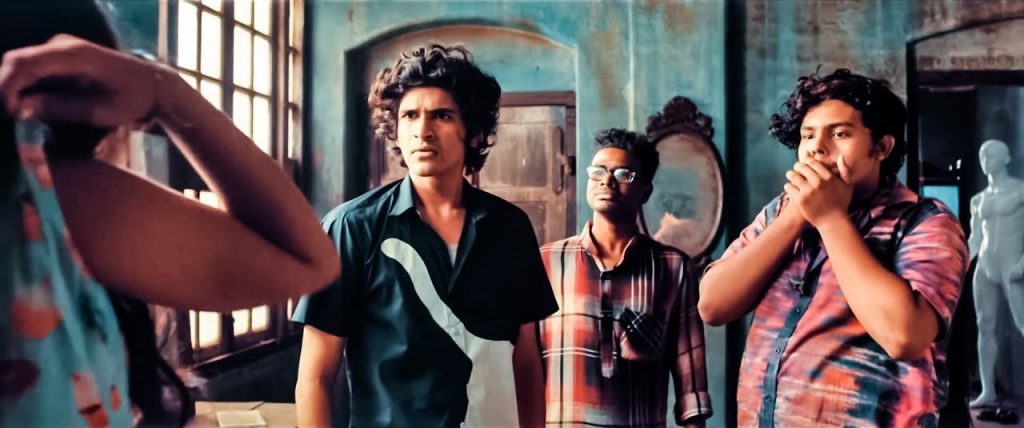
The film is loaded with such delightful quips.
In the process of this totally mind-sucking spate of events, not all of which I can mention here, characters appear across story-lines, events criss-cross and motives intermingle like nobody’s business.
That’s how and why Super Deluxe feels like ‘one’ film, all the way.
It never feels disjoint and always feels fun, while challenging the limits of our imagination with its barrage of ROFL moments . I think it becomes such a giddy yet pleasant joyride due to the carefully construed character/plot inter-cuts that unifies the narrative. The last time I had this much fun was when I was reading the Hitchhiker’s Guide to the Galaxy.
I thought, from a writer’s outlook, it should be exciting to find out how Kumararaja arrived at those points of intersection – where characters from diverse stories meet each other ? How did he weave-in those plot spillovers?
Was all of this planned and done at the scripting stage?
The only question that was left unanswered was – who wrote what?
But then, why do I even need to know that?
It’s only after watching the film three-four times, that I am forcing myself to ask such senseless questions. When I first saw it, I thought it was the work of a single writer. It was so seamlessly knit together.
On that note of creative camaraderie, for today, I would call it a day.
Reading and learning about the unique process of scripting of the film, and that too from the lead horse’s mouth, excited me a lot, since I thought delving deep into this might help me write an interlinked story-line of my own. At least that’s what I wanted to do when I approached Kumararaja for this blog post.
That’s also why I intended to limit this post to scripting.
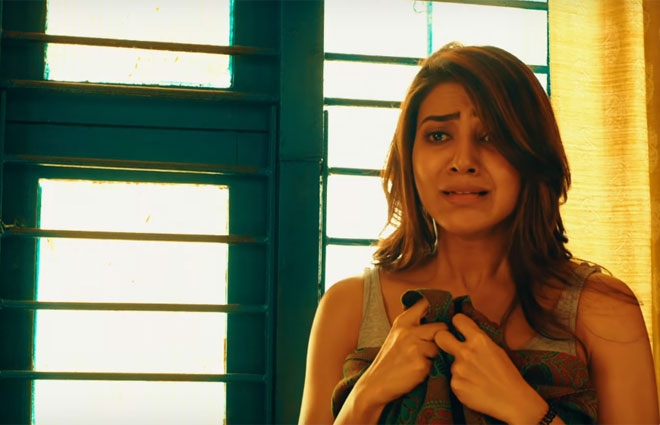
In my next post, in a couple of days, I will focus on the other creative aspects of the storytelling of Super Deluxe, like visual design, sound and editing – and yes, the extraordinary ‘lived-in’ feel of its sets, brought to life by intelligent art direction.
All from a storytellers outlook, for my fellow screenwriters and film-enthusiasts.
Much has been discussed in the past one year, I agree, but not from this perspective; believe me, there’s a lot left for you and me to talk about there; and to learn.
But if you have seen Super Deluxe, you already know that, don’t you?

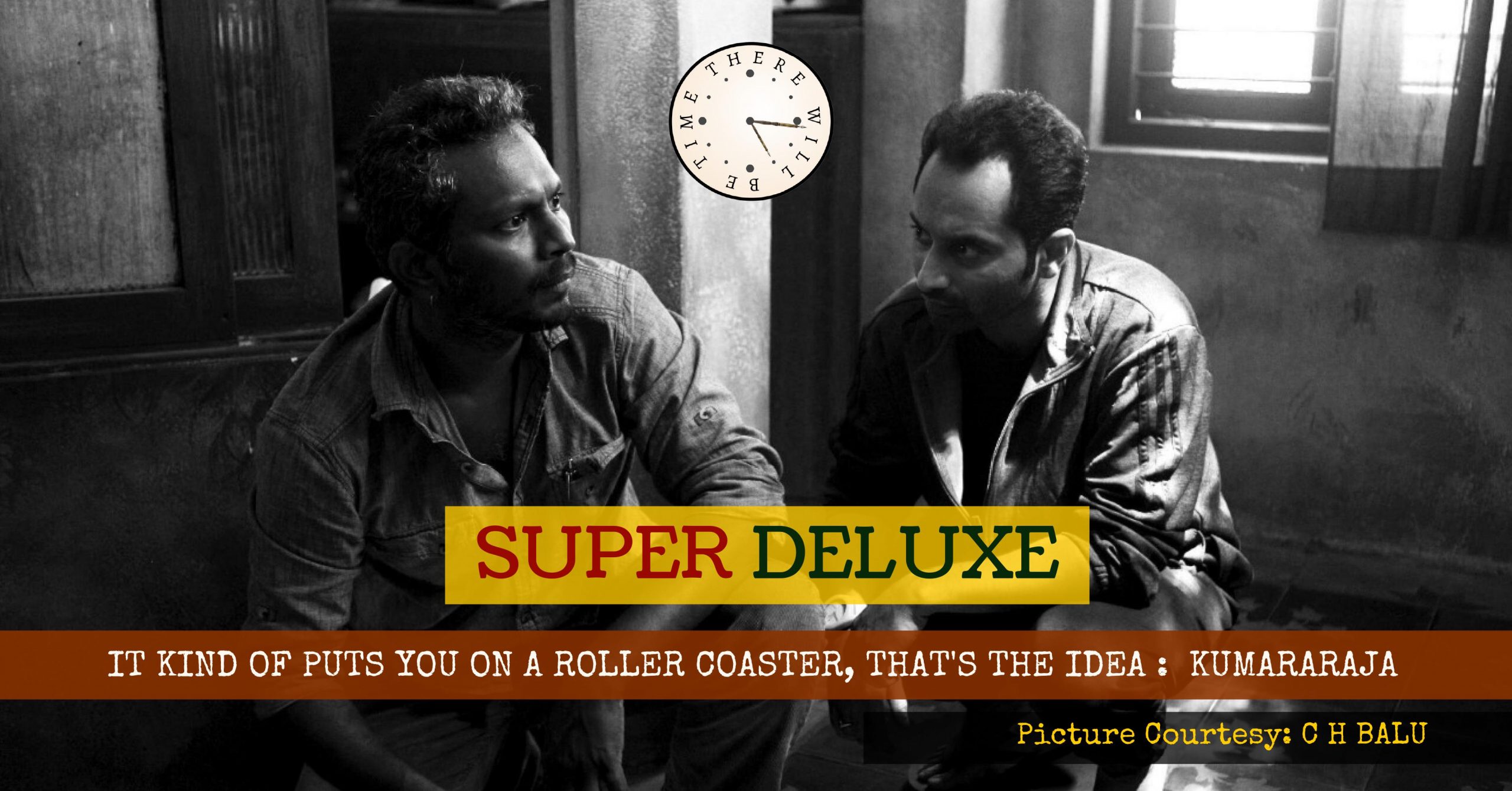
So interesting…
Nice read
Anirban,
Very Interesting.
Eagerly waiting for your next blog.
Thanks for commenting Prosenjit. The next is part 2 of the same film, and it will be published soon.
Quite intriguing 🙂
Thanks for commenting Sinchita.
Super